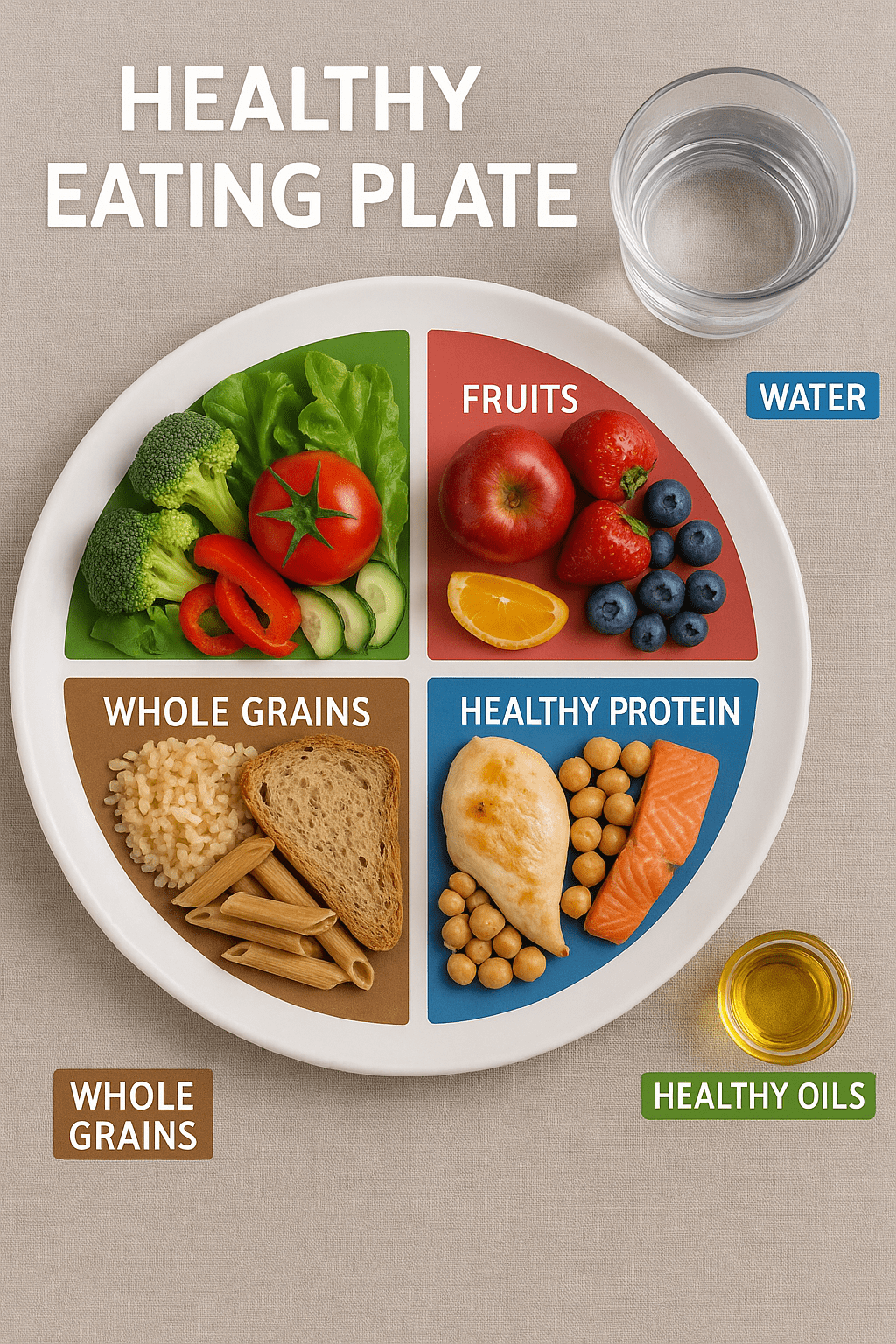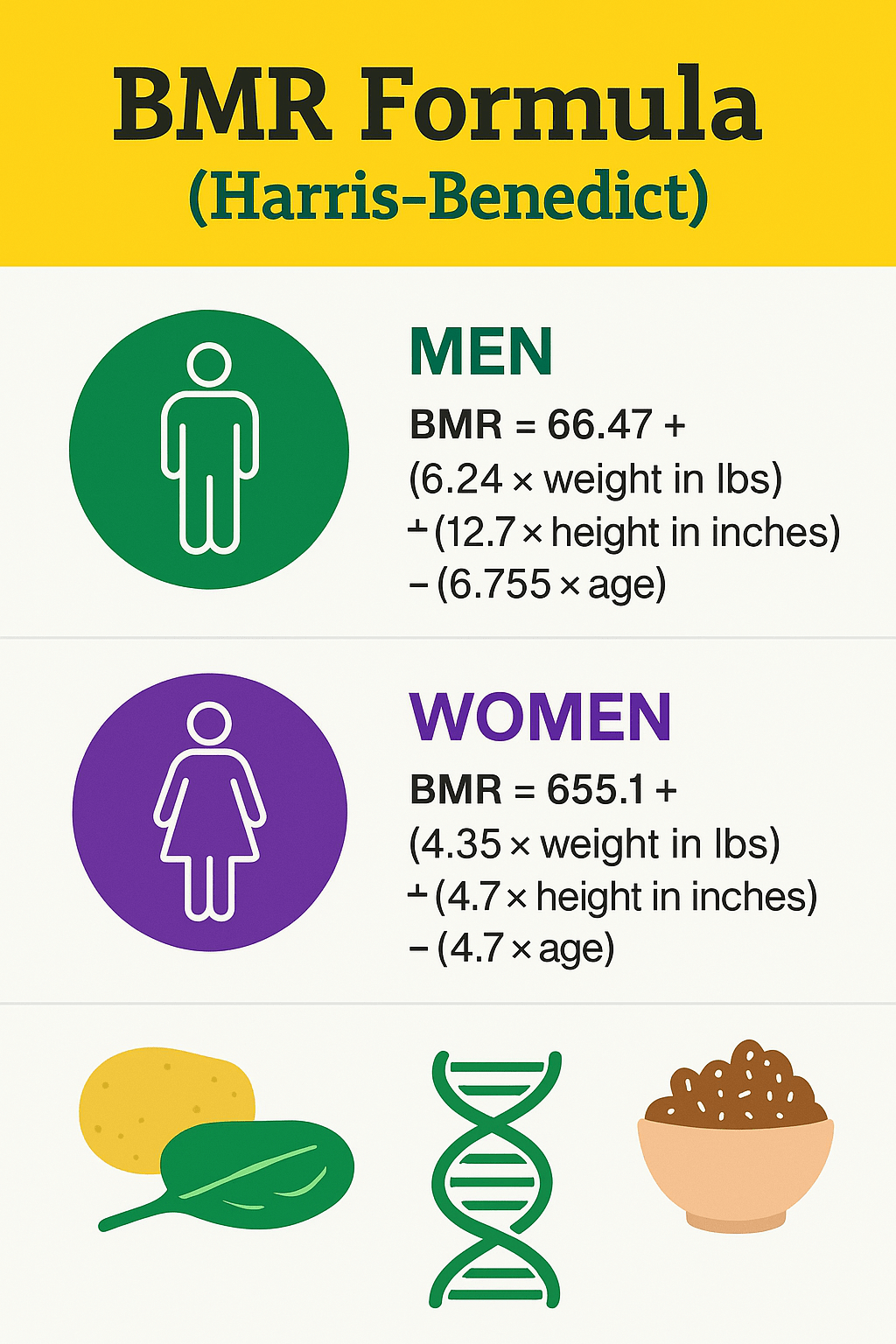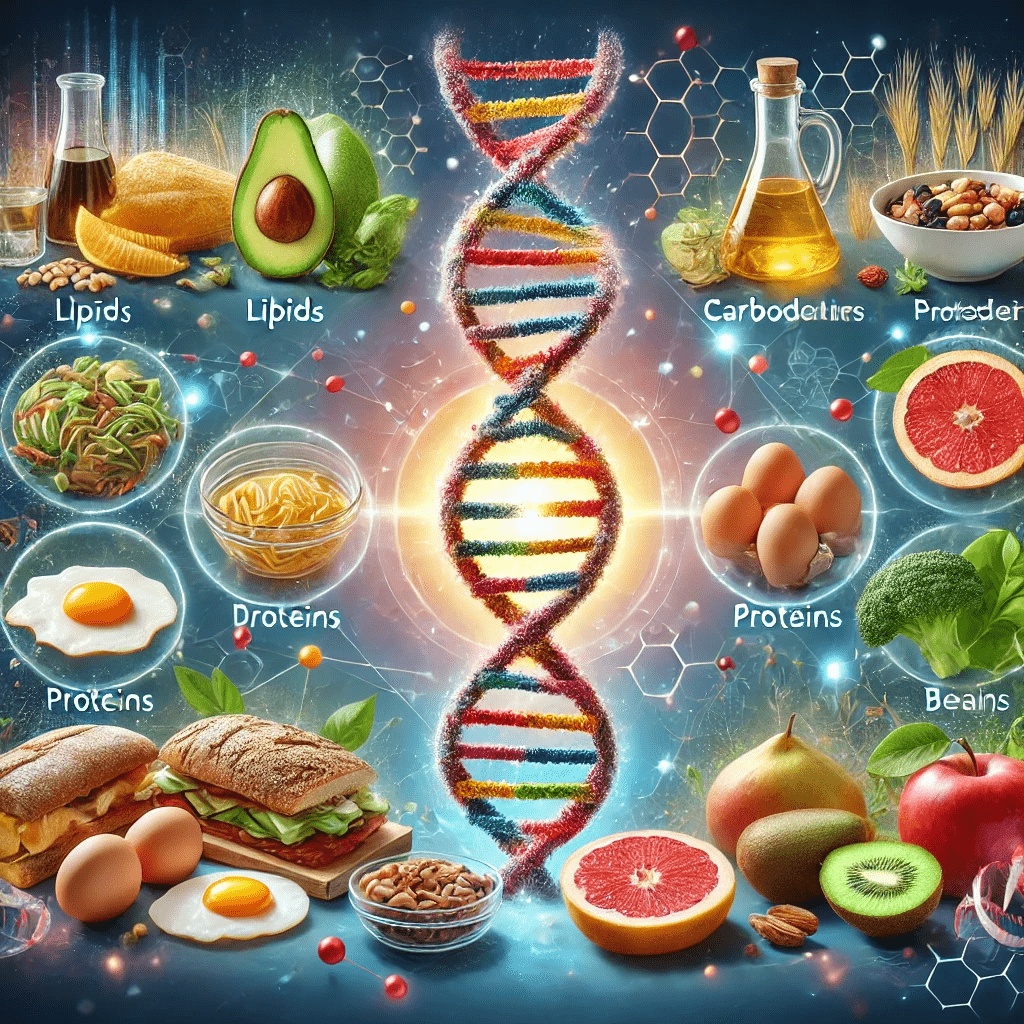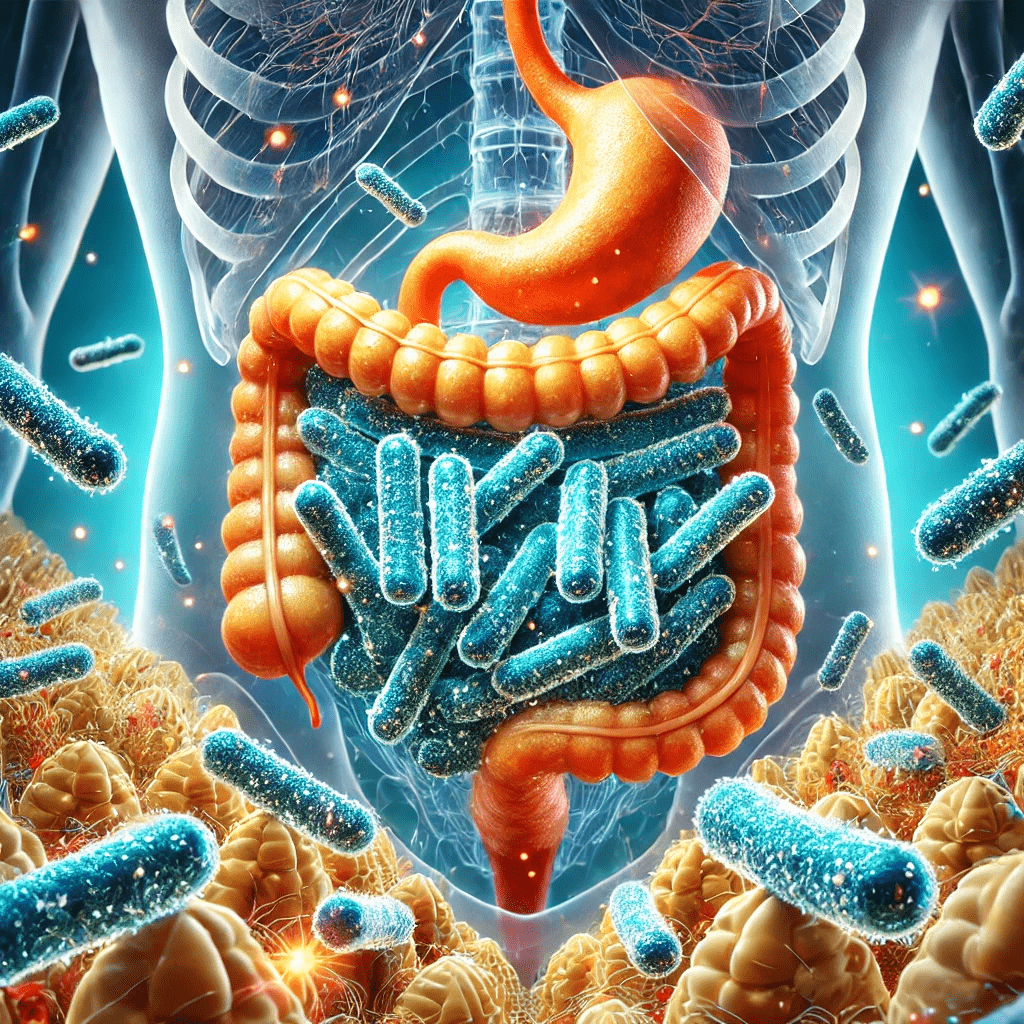
How to calculate your daily required calorie intake like a professional Dietitian.
Maintaining a healthy and balanced diet is essential for overall well-being. What we eat plays a significant role in our physical health, mental clarity, and disease prevention. Harvard University, renowned for its expertise in health and nutrition, has developed a practical and evidence-based tool called the Healthy Eating Plate. This guide provides invaluable information on the importance of including each food group in our daily diet and offers a blueprint for achieving optimal nutrition.\r\n\r\nThe Healthy Eating Plate serves as a visual representation of a well-rounded meal, emphasizing the inclusion of various food groups in appropriate proportions. It was created to address some of the shortcomings of the traditional food pyramid, offering a more modern and realistic approach to healthy eating. Let’s explore the significance of each food group and why they should be part of our daily diet.\r\n\r\nVegetables: The foundation of a healthy diet is an abundance of colorful vegetables. Rich in vitamins, minerals, and fiber, vegetables provide essential nutrients while being low in calories. They help protect against chronic diseases, support digestion, and contribute to healthy skin and hair. Aim to fill half of your plate with a variety of vegetables, including leafy greens, cruciferous vegetables, and vibrant options like peppers and carrots.\r\nFruits: Just like vegetables, fruits are packed with vitamins, minerals, and antioxidants. They are a delicious way to satisfy your sweet tooth while benefiting from their natural goodness. Fruits offer essential fiber, which aids digestion and helps regulate blood sugar levels. Opt for whole fruits over juices whenever possible to maximize the nutritional benefits. Include a serving or two of fruit each day to reap the rewards of these nutritional powerhouses.\r\nWhole Grains: Whole grains are an excellent source of complex carbohydrates, fiber, and various essential nutrients. They provide sustained energy and contribute to heart health and weight management. Whole grain options include foods like brown rice, quinoa, whole wheat bread, and oats. Make at least a quarter of your plate whole grains to ensure you’re getting the necessary nutrients and fiber.\r\nHealthy Proteins: Proteins are the building blocks of our body and are essential for growth, repair, and immune function. Incorporating lean proteins such as fish, poultry, beans, and nuts into your meals can help maintain muscle mass and promote satiety. Limiting red and processed meats is recommended to minimize the risk of chronic diseases. Fill a quarter of your plate with healthy protein sources for a well-rounded meal.\r\nHealthy Fats: Not all fats are created equal, and including healthy fats in our diet is crucial for optimal health. Healthy fats, such as those found in avocados, nuts, seeds, and olive oil, are beneficial for heart health and help absorb fat-soluble vitamins. They also contribute to a feeling of fullness and aid in brain function. Use healthy fats in moderation and be mindful of portion sizes.\r\nWater: Although not technically a food group, water is a vital component of a healthy diet. Staying hydrated is essential for optimal bodily functions, maintaining energy levels, and supporting overall well-being. Make water your primary beverage choice and limit sugary drinks and excessive caffeine intake. Aim to drink at least eight glasses of water per day and adjust the intake based on individual needs and activity levels.\r\nBy following the guidelines of the Healthy Eating Plate, you can achieve a balanced and nutritious diet. Incorporating a variety of foods from each group ensures that you receive the essential nutrients, vitamins, and minerals necessary for optimal health. Furthermore, this approach emphasizes portion control and encourages mindful eating, leading to better overall food choices.\r\n\r\nIt’s important to remember that individual dietary needs may vary based on factors such as age, sex, activity level, and underlying health conditions. Consulting with a registered dietitian or healthcare professional can provide personalized recommendations to meet specific dietary requirements.\r\n\r\nIn conclusion, the Healthy Eating Plate by Harvard offers a comprehensive and practical guide to building a healthy and balanced diet. By including a variety of vegetables, fruits, whole grains, healthy proteins, and fats, along with adequate water intake, we can nourish our bodies and enjoy the benefits of a well-rounded diet. Prioritizing these food groups is an investment in our long-term health and well-being, supporting us in living our best lives.








